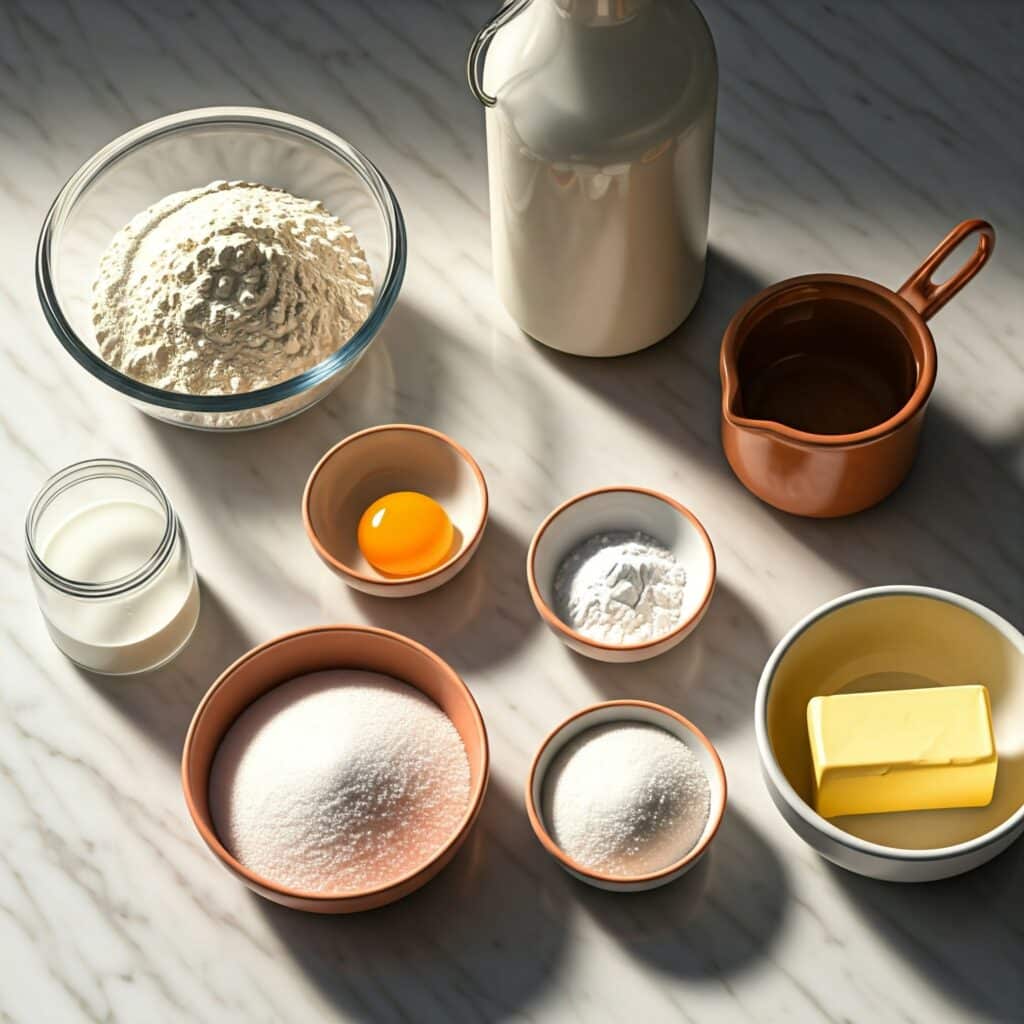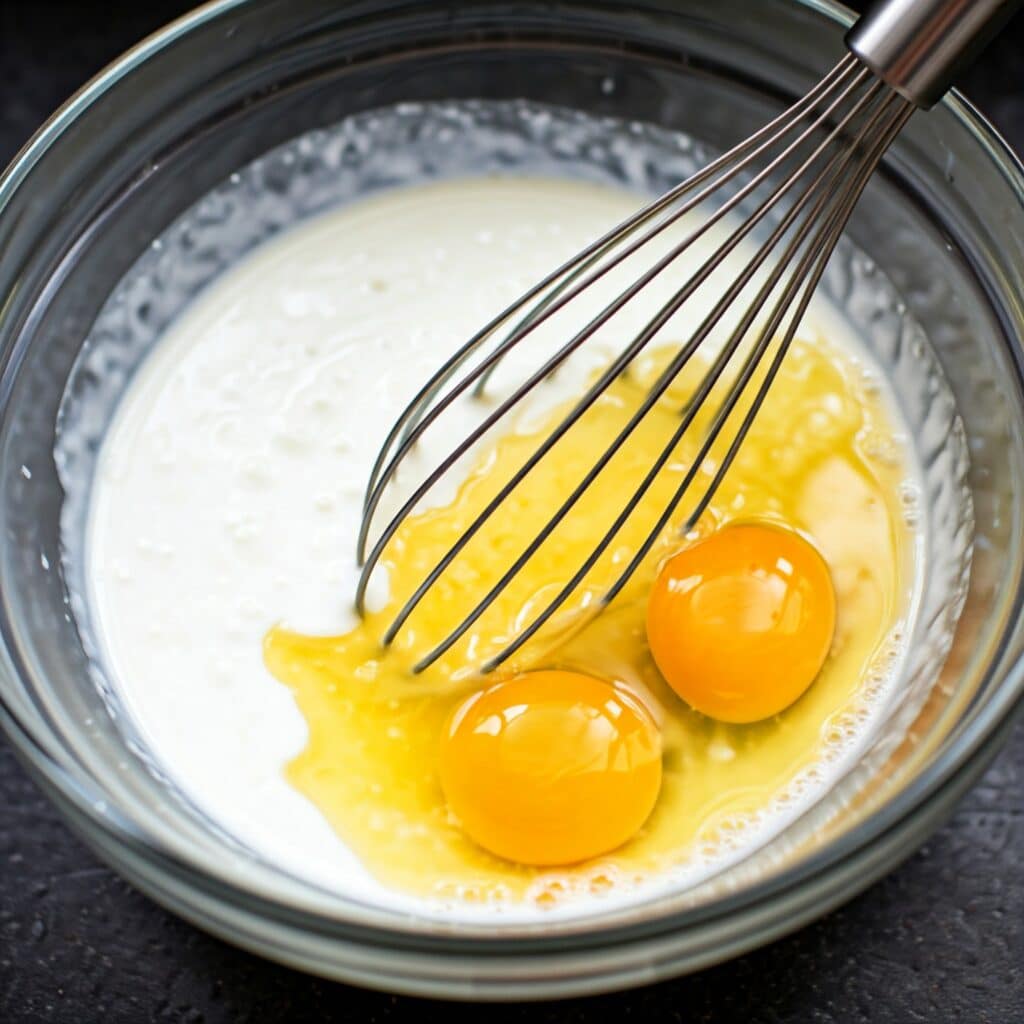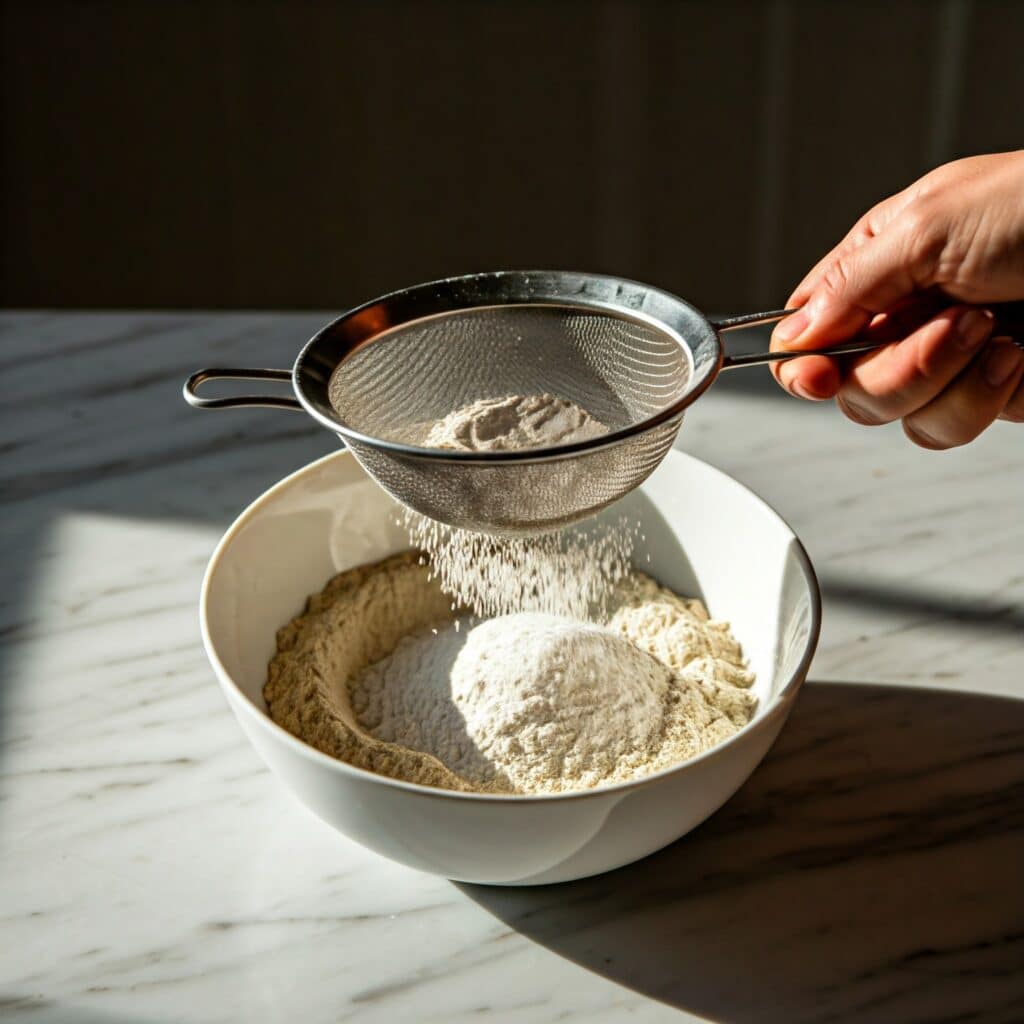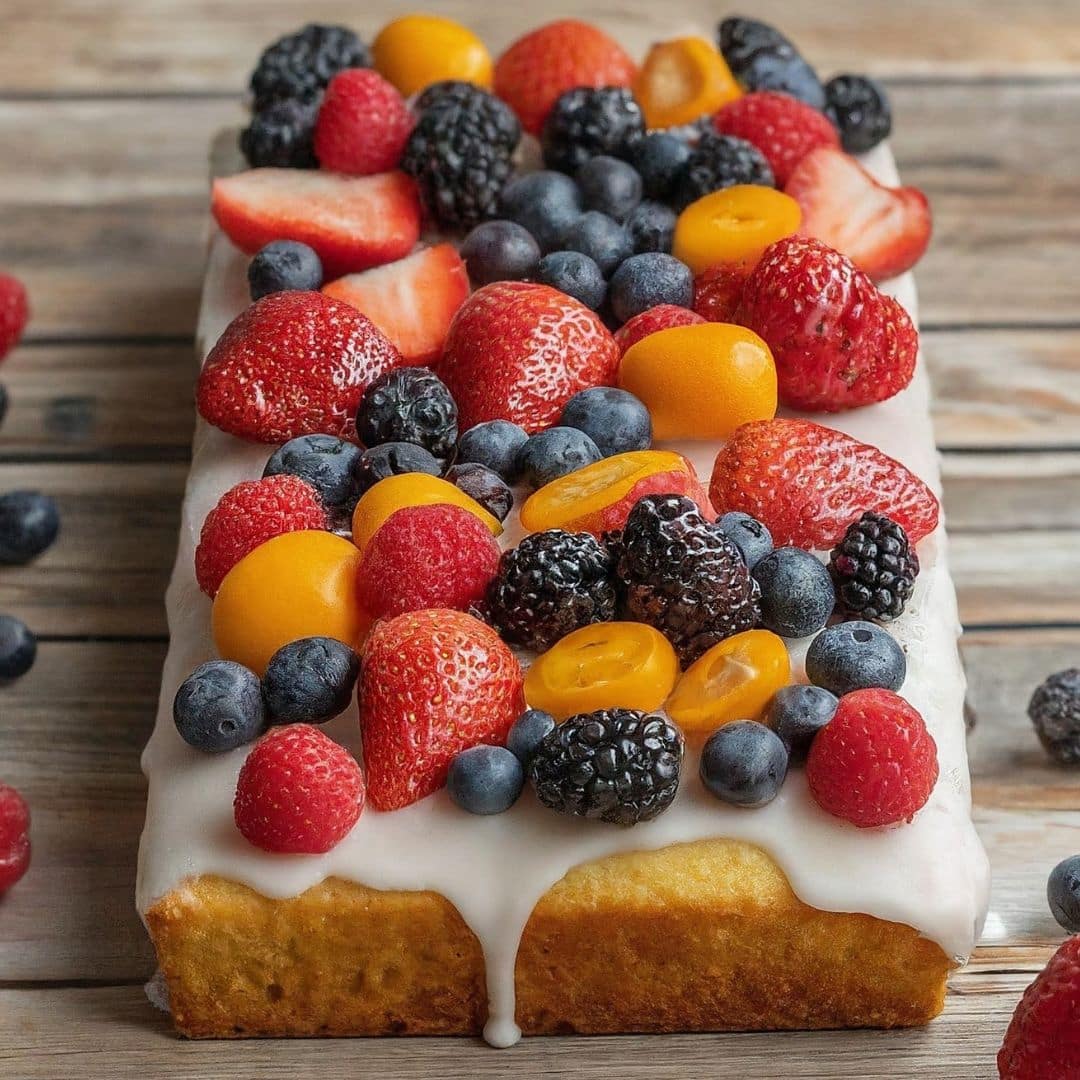Baking has always been a beautiful blend of science and art, and few recipes embody this balance as well as a kefir sheet cake. This tangy, moist dessert has carved a niche in the hearts of bakers and dessert enthusiasts alike. In this comprehensive guide, we’ll explore everything from understanding the unique benefits of kefir to creating a sheet cake that’s perfect for any occasion. Expect expert tips, creative variations, and answers to common baking questions. So, let’s get baking!
Introduction to Kefir Sheet Cake
What Makes Kefir Sheet Cake Unique?
A kefir sheet cake isn’t your average dessert. The secret ingredient—kefir—sets it apart by adding a tangy richness and moisture that’s hard to beat. Kefir, a fermented milk product, acts as a natural tenderizer, making the cake irresistibly soft. Plus, its slightly sour flavor profile balances out the sweetness, creating a harmonious bite.
Sheet cakes, known for their simplicity, pair beautifully with kefir. The large, flat surface offers a blank canvas for creative toppings and decorations, making it ideal for family gatherings or casual celebrations.
The Origins of Kefir in Baking
Kefir, originally from Eastern Europe, has been a staple in traditional cuisines for centuries. Known for its probiotic properties, it found its way into baked goods as a healthier alternative to buttermilk or yogurt. Over time, this practice evolved into delightful recipes like kefir sheet cake—a dessert that marries health benefits with indulgence.
Why Choose Kefir for Your Sheet Cake?
Why kefir? The better question is—why not? Apart from its incredible taste and texture benefits, kefir is packed with probiotics, calcium, and protein, making it a nutrient-rich addition to any recipe. Plus, it’s versatile! Whether you’re baking a classic vanilla cake or experimenting with flavors like chocolate or lemon, kefir ensures your cake stays moist and flavorful.
The Benefits of Baking with Kefir
Nutritional Advantages of Kefir
Kefir is a powerhouse of nutrients, making it an excellent addition to any recipe, especially a kefir sheet cake. This fermented dairy product is rich in probiotics, which support gut health and improve digestion. Beyond probiotics, kefir is packed with:
- Calcium: Essential for strong bones and teeth.
- Protein: Provides energy and supports muscle repair.
- Vitamin B12: Vital for brain function and red blood cell production.
Unlike other dairy products, kefir is easier to digest, making it a great option for those with mild lactose intolerance. Incorporating it into a kefir sheet cake not only boosts the flavor but also makes your dessert more wholesome.
Enhancing Flavor and Texture with Kefir
Kefir’s natural acidity is a game-changer in baking. It interacts with baking soda, creating a chemical reaction that results in a lighter, fluffier cake. This tangy ingredient also brings a subtle complexity to the cake’s flavor, balancing the sweetness with a hint of tartness.
Whether you’re making a chocolate, vanilla, or fruit-based kefir sheet cake, kefir ensures your cake stays moist and tender. Plus, it works well with other ingredients like cocoa powder, nuts, and spices, making your cake even more delightful.
The Role of Probiotics in Desserts
Adding kefir to your sheet cake introduces live probiotics into your dessert. While baking reduces the number of live cultures, many of the health benefits, such as improved digestion and enhanced immune function, remain. It’s a sneaky way to enjoy a healthier treat without compromising on flavor!
Ingredients Breakdown for Kefir Sheet Cake
Essential Ingredients: Kefir, Flour, and Sweeteners
Creating the perfect kefir sheet cake starts with gathering the right ingredients. Here’s what you’ll need:
- 2 cups of all-purpose flour: Provides the structure for the cake.
- 1 teaspoon of baking soda: Helps the cake rise beautifully.
- ½ teaspoon of salt: Enhances the overall flavor.
- 1 cup of granulated sugar: Adds the perfect level of sweetness.
- ½ cup of brown sugar: Adds depth and moisture to the cake.
- 1 cup of kefir: The star ingredient, ensuring a moist and tangy cake.

Optional Additions for Extra Flair
Want to elevate your kefir sheet cake? Try these optional ingredients:
- 1 teaspoon of vanilla extract: Adds a warm, sweet aroma.
- ½ cup of chopped nuts or dried fruits: Adds texture and flavor.
- 2 tablespoons of cocoa powder: For a chocolatey twist.
Ingredient Quality Tips for Better Results
Quality ingredients make a world of difference in baking. Always use fresh, unexpired kefir for the best flavor and texture. Opt for organic flour and sugar, if possible, to enhance the taste and nutritional value of your cake. When choosing add-ins like nuts or fruits, ensure they’re fresh and free from preservatives.
How to Make the Perfect Kefir Sheet Cake
Preparing Your Workspace and Tools
Before diving into the baking process, it’s essential to set up your workspace. A clean, organized area ensures a stress-free baking experience. Here’s what you’ll need:
- Tools: A mixing bowl, whisk, rubber spatula, measuring cups and spoons, and a 9×13-inch sheet pan.
- Preparation: Preheat your oven to 350°F (175°C) and grease your sheet pan lightly or line it with parchment paper for easy removal.
Having everything ready before starting saves time and avoids mistakes during the process.
Mixing the Batter: Dry and Wet Ingredients
Here’s the step-by-step method for mixing your kefir sheet cake batter:
- Combine Dry Ingredients:
- 2 cups of all-purpose flour
- 1 teaspoon of baking soda
- ½ teaspoon of salt
- Optional: 2 tablespoons of cocoa powder for a chocolate variation
- Mix Wet Ingredients:
- 1 cup of kefir
- ½ cup of vegetable oil or melted butter
- 1 cup of granulated sugar
- ½ cup of brown sugar
- 2 large eggs
- 1 teaspoon of vanilla extract
- Combine Wet and Dry Ingredients: Gradually fold the dry ingredients into the wet mixture, avoiding overmixing to keep the cake light and fluffy.


Baking: Time and Temperature Guidelines
Pour the batter evenly into the prepared sheet pan. Bake at 350°F (175°C) for 25-30 minutes, or until a toothpick inserted into the center comes out clean. Allow the cake to cool in the pan for 10 minutes before transferring it to a wire rack.
For more dessert ideas, check out the cake recipes on Workshop Recipes.
Popular Variations and Flavor Combinations
Chocolate Kefir Sheet Cake
If you’re a chocolate lover, turning your kefir sheet cake into a chocolatey masterpiece is easy. Simply add:
- ¼ cup of unsweetened cocoa powder to the dry ingredients.
- ½ cup of chocolate chips or chunks folded into the batter for bursts of melty goodness.
This variation pairs beautifully with a light dusting of powdered sugar or a smooth ganache topping.
Fruit-Infused Variants
Fruits add a refreshing twist to a classic kefir sheet cake. Consider these options:
- Lemon-Blueberry: Add 1 tablespoon of lemon zest and 1 cup of fresh or frozen blueberries to the batter.
- Apple-Cinnamon: Mix 1 teaspoon of cinnamon and 1 cup of grated apples into the batter.
These fruity combinations bring brightness and a natural sweetness to the cake.
Vegan and Gluten-Free Alternatives
For dietary adjustments:
- Use plant-based kefir and a flaxseed egg substitute (1 tablespoon flaxseed meal + 2.5 tablespoons water) for a vegan version.
- Substitute gluten-free all-purpose flour to make the cake suitable for those with gluten intolerance.
Experimenting with these variations allows you to customize your kefir sheet cake to suit every preference and occasion.
Decorating and Presentation Ideas
Frosting Choices: Buttercream, Cream Cheese, or Ganache
Once your kefir sheet cake is baked and cooled, the fun begins—decorating! Frosting not only enhances the flavor but also gives your cake a polished look. Here are three popular options:
- Buttercream Frosting: Whip together 1 cup of softened butter, 4 cups of powdered sugar, 2 teaspoons of vanilla extract, and 2-3 tablespoons of milk. This creamy and versatile frosting works well with any cake flavor.
- Cream Cheese Frosting: Combine 1 cup of softened cream cheese, ½ cup of butter, 4 cups of powdered sugar, and 1 teaspoon of vanilla. This tangy frosting perfectly complements the subtle tartness of the kefir sheet cake.
- Chocolate Ganache: Heat 1 cup of heavy cream and pour it over 1 cup of chopped dark chocolate. Stir until smooth and glossy, then pour it over the cake for a rich, decadent finish.
Creative Toppings: Nuts, Sprinkles, and Fresh Fruits
Take your kefir sheet cake to the next level with these decorative touches:
- Chopped Nuts: Sprinkle toasted almonds, walnuts, or pecans on top for added crunch.
- Fresh Fruits: Use berries, sliced peaches, or citrus zest for a vibrant, fresh look.
- Edible Flowers or Sprinkles: Add a touch of elegance or whimsy with edible flowers or colorful sprinkles.
Presentation matters, especially when serving for special occasions, so let your creativity shine!
Common Mistakes and How to Avoid Them
Overmixing and Its Effects on Texture
One common mistake when baking a kefir sheet cake is overmixing the batter. While it’s tempting to stir until perfectly smooth, overmixing develops too much gluten in the flour, leading to a dense and chewy cake. Instead, mix until the dry ingredients are just incorporated into the wet mixture. A few lumps are perfectly fine!
Baking Errors: Uneven Cooking or Burning
To avoid uneven cooking or burnt edges, always:
- Preheat the oven to the correct temperature.
- Use the middle rack for even heat distribution.
- Check for doneness 5 minutes before the suggested baking time.
Additionally, ensure your sheet pan is the correct size. Using a smaller pan can result in overflow, while a larger pan may lead to a thin, overcooked cake.
Using Subpar Kefir or Ingredients
Kefir is the star of this recipe, so using fresh, high-quality kefir is crucial. Avoid kefir that’s past its expiration date, as it can alter the taste and texture. Similarly, opt for fresh eggs, good-quality flour, and unsalted butter for the best results.
Storage and Shelf-Life Tips
How to Properly Store a Kefir Sheet Cake
Proper storage ensures your kefir sheet cake stays moist and delicious for days. After the cake has completely cooled, follow these steps:
- Room Temperature Storage: If unfrosted, cover the cake tightly with plastic wrap or place it in an airtight container. It can stay fresh for up to 2 days at room temperature.
- Refrigeration for Frosted Cakes: If you’ve added frosting, store the cake in the fridge. Use a cake dome or tightly wrap it to prevent it from drying out. Refrigerated, it will last 4-5 days.
Always bring refrigerated cake to room temperature before serving for the best flavor and texture.
Freezing for Extended Freshness
Freezing is a great way to extend the life of your kefir sheet cake. Follow these tips:
- For an Unfrosted Cake: Wrap the cooled cake tightly in plastic wrap and then in aluminum foil. Store it in the freezer for up to 3 months.
- For a Frosted Cake: Place the cake on a tray in the freezer until the frosting hardens. Then wrap it in plastic wrap and foil.
When you’re ready to enjoy, thaw the cake in the refrigerator overnight. For best results, frost the cake fresh if it was frozen unfrosted.
Frequently Asked Questions About Kefir Sheet Cake
Can Kefir Be Replaced with Yogurt or Buttermilk?
Yes, but with some adjustments. Yogurt or buttermilk can substitute kefir in a kefir sheet cake. However, kefir’s unique tanginess and probiotic benefits make it the ideal choice. If substituting, use an equal amount and consider adding a tablespoon of water to match kefir’s consistency.
Is Kefir Sheet Cake Suitable for Special Diets?
Absolutely! This versatile cake can be adapted to fit various diets:
- For a Gluten-Free Version: Use gluten-free all-purpose flour.
- For a Vegan Option: Replace kefir with plant-based kefir, eggs with flax eggs, and butter with vegetable oil or vegan butter.
What Are the Best Substitutions for Sugar and Butter?
For a healthier twist, replace sugar with natural sweeteners like honey, maple syrup, or coconut sugar. Similarly, you can substitute butter with applesauce, Greek yogurt, or coconut oil to reduce fat content while keeping the cake moist.
Try This Irresistible Kefir Sheet Cake Recipe Today!
Baking a kefir sheet cake is more than just making dessert—it’s creating a treat that blends flavor, health benefits, and creativity. With its moist texture and tangy sweetness, this cake is perfect for any occasion. Whether you’re experimenting with flavors, decorating with flair, or storing it for later, this guide ensures success at every step.
Ready to bake? Explore tips for using probiotics in baking, find inspiration for creative cake decorations, or learn more about alternative sweeteners.
Dive into the recipe, make it your own, and share the joy of baking with loved ones. Once you try it, this kefir sheet cake may just become your new favorite dessert!

